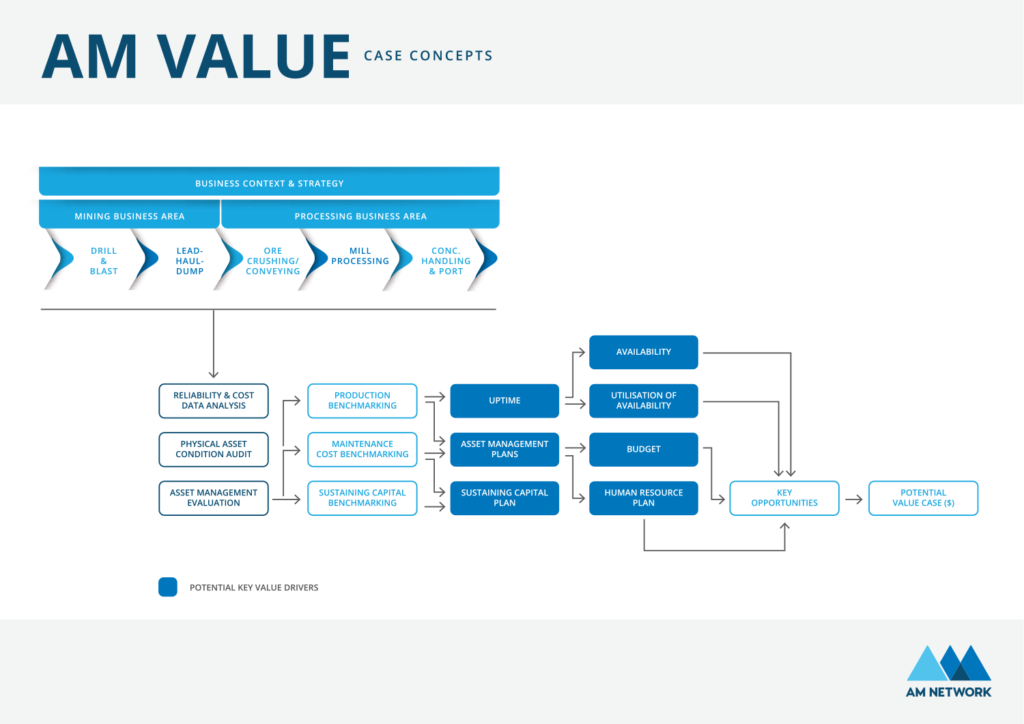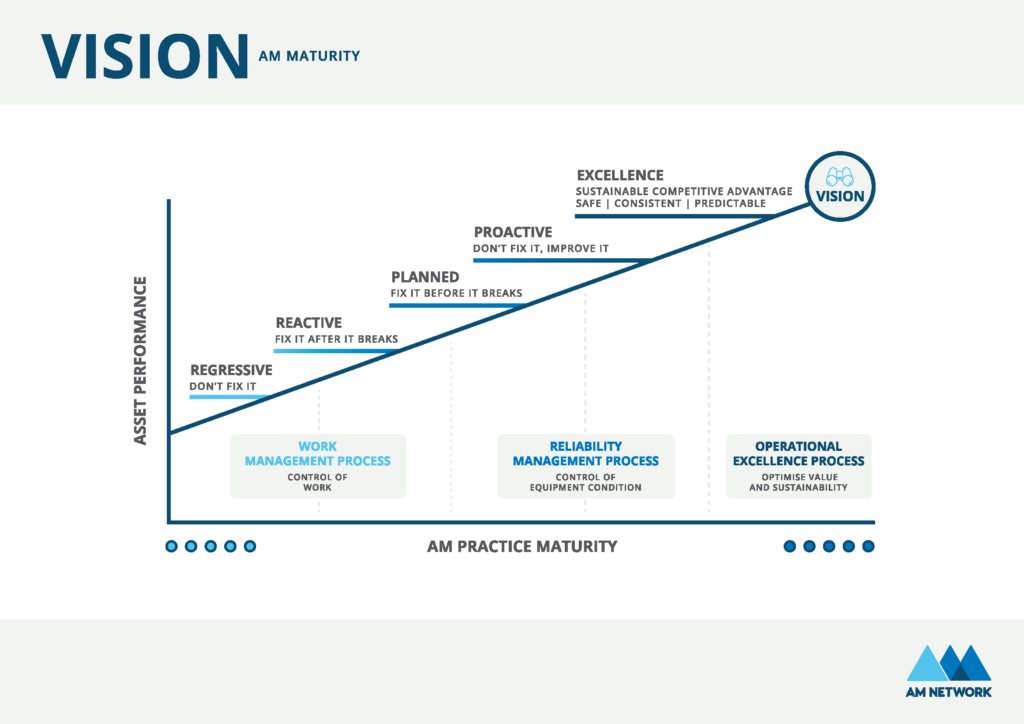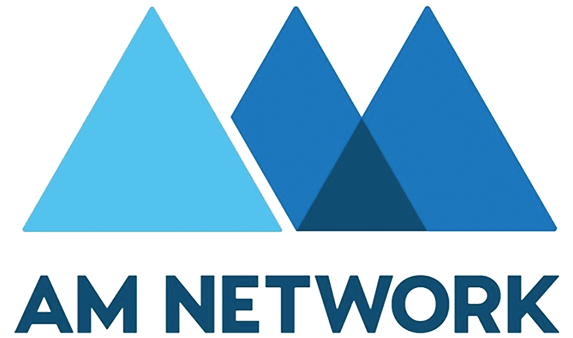VALUE AND SUSTAINABILITY
This is Phase 2 of 6 focused on creating desire to change based on potential improvements in asset performance, practices and competencies.
Companies exist to make a profit for its Shareholders and to increase its net present value.
Value in this context, is based on analysing historical asset performance and cost data against aspirational targets including benchmarks to determine an anticipated potential financial value when targets are reached.
Three primary measures are typically used to estimate the potential value when the Asset Management Framework is fully implemented:
Increased Revenue – improving throughput and quality at the production bottleneck assuming no other constraints
Reduced Operating and Maintenance Expenditure – either one-off or year-on-year reduction in material, labour or services costs by improving asset lifecycle costs, including major component life and costs, and increasing the amount of planned maintenance
Increased Capital Efficiency – reducing net assets and inventory value for example, reducing fleet numbers or deferment of capital due to improved AM practices

Sustainability ensures the value is locked in and not diluted over time.
Sustainability in this context, is based on improving asset management practices. The first step is to evaluate the current maturity of asset management practices and to identify strengths to leverage off and opportunities to improve.
Improving asset management practice maturity enables the following intangible or non-financial value:
Reduced environmental impact and carbon footprint by extracting optimal life from the current asset base, electrifying diesel powered equipment where feasible, sourcing electricity from renewable sources, and eliminating waste
Reduced health and safety risks by increasing the level of planned work where risks are identified and managed prior to commencement of work and by ensuring assets are always safe to operate
Better engagement, motivation, and commitment from Board room to the shopfloor – creating a high-performance culture that embraces change, challenges the status quo, and continually improves

The gaps and opportunities identified from the analysis of asset performance and costs along with the evaluation of asset management practices creates a strong desire to change.
Want to know more?
If you want to know more about this insight or would like to discuss anything relating to Asset Management including Engineering Governance, Operational Readiness, Maintenance, and Reliability Improvement, don’t hesitate to talk to us!
